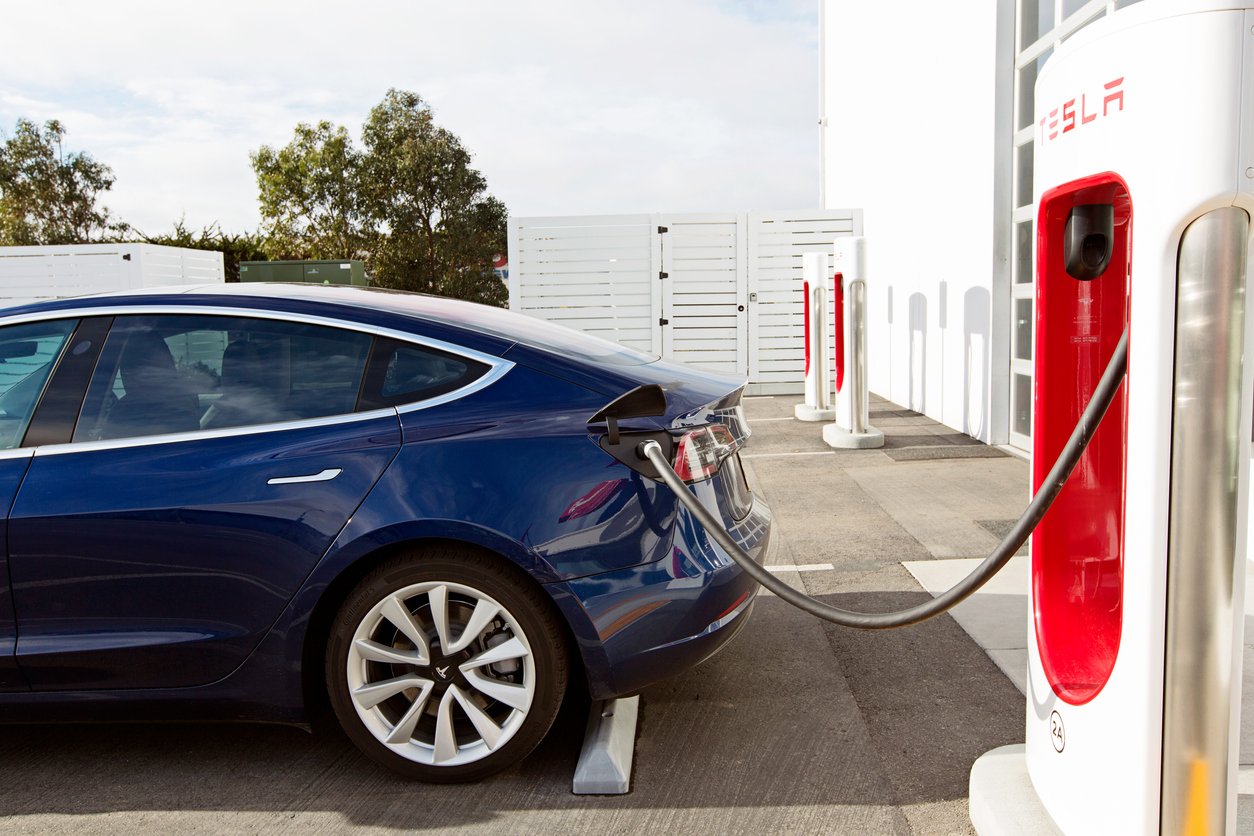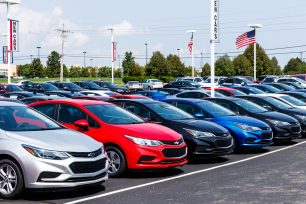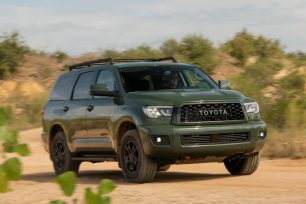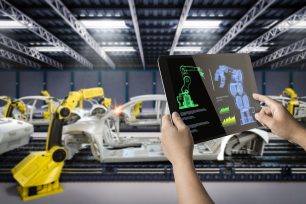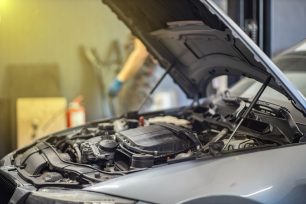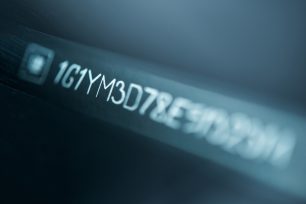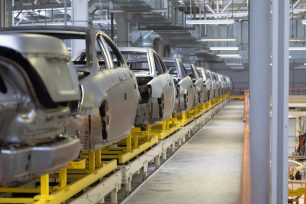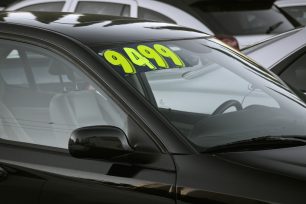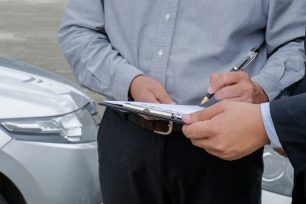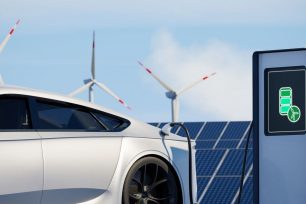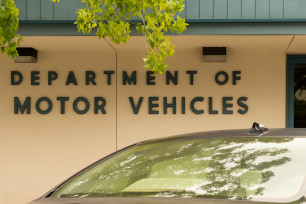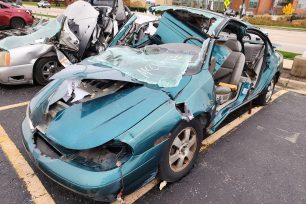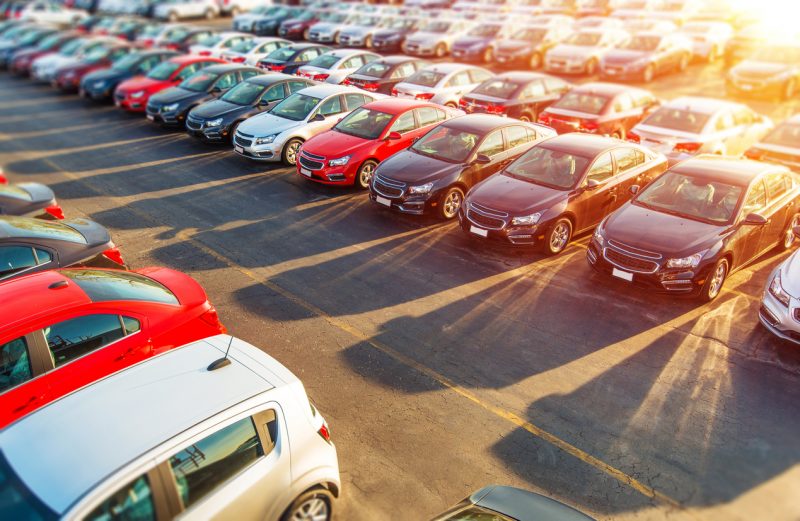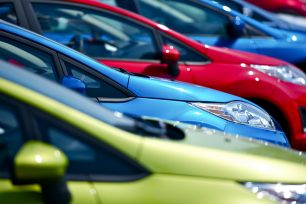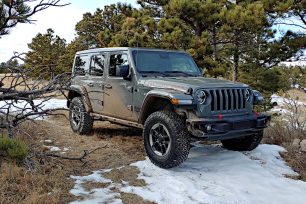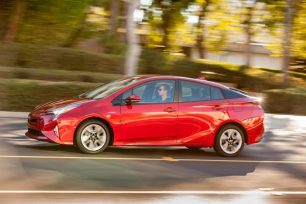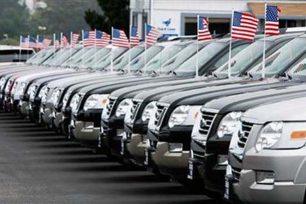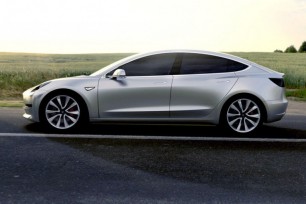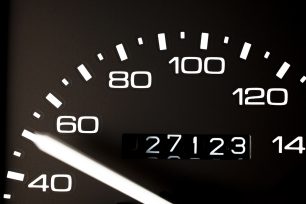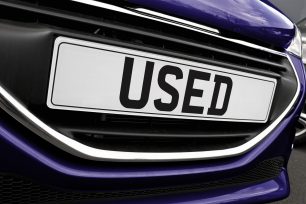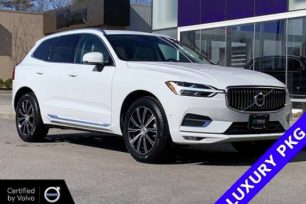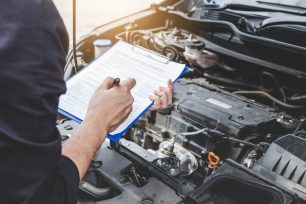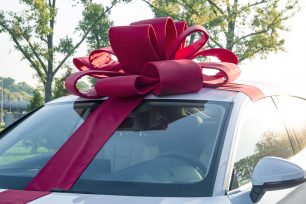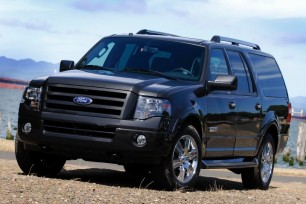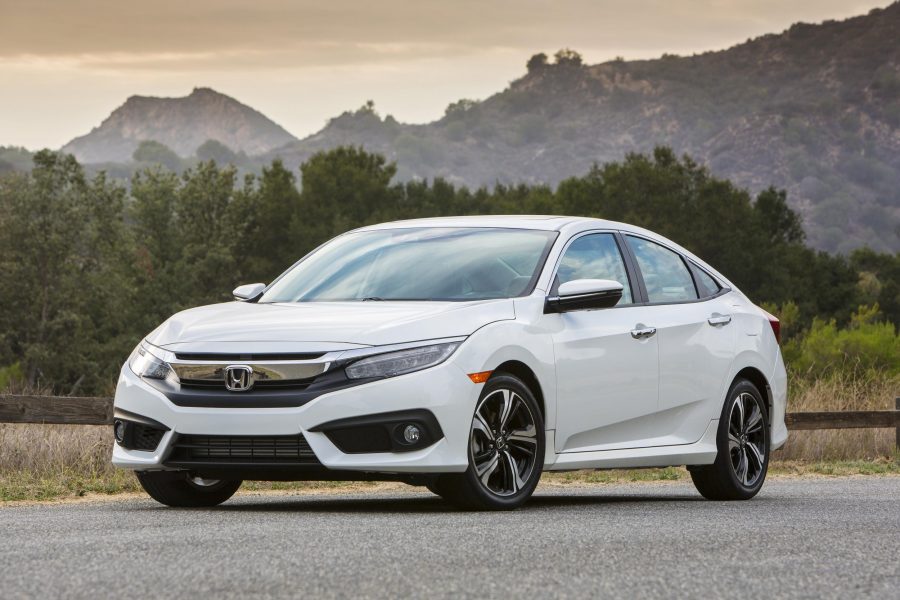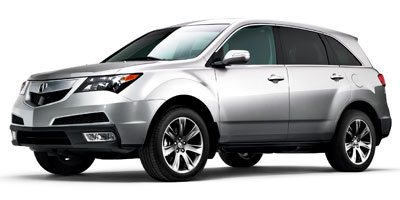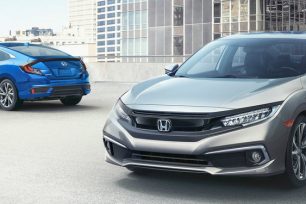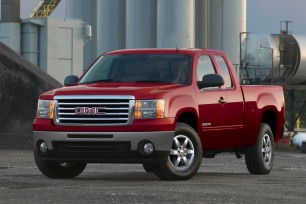Summary:
- The non-Tesla EV charging grid has fewer than 12,000 Level 3 fast chargers
- Tesla’s Supercharger Network has over 17,000 Level 3 chargers
- Tesla’s could grow the U.S. Level 3 charging network by 150 percent, but it only plans to offer 3,500 of those chargers to non-Tesla owners
- Rural states would benefit the most from full access to the Tesla network
The Biden administration wants to triple the EV charging infrastructure by 2030, and it’s committing over $5 billion in government incentives to make it happen. That number is roughly three times the current number of EV charging plugs, which stands at about 150,000 including the Tesla Supercharger network. While Tesla has balked at opening its network to non-Tesla vehicles in the past, the new government incentives are too powerful to ignore.
iSeeCars analyzed the number of electric vehicle charging stations currently available in the U.S., comparing Tesla’s Supercharger network to the non-Tesla fast chargers that any EV driver can access.
Tesla Could Grow the Level 3 Fast Charger Network by 2.5 times…But It Won’t
| EV Fast Charger Share by Network as of 2022 – iSeeCars Study | ||||
| Network | Fast Chargers as Share of National Network | Fast Charger Share w/in Network | # Fast Chargers | Total Chargers (including Level 2) |
| Tesla | 60.0% | 57.6% | 17,248 | 29,960 |
| All Others | 40.0% | 9.9% | 11,479 | 116,200 |
| National | 19.7% | 28,727 | 146,160 | |
“Our analysis found that Tesla’s network could more than double the number of Level 3 fast chargers available to EV drivers. But rather than offering up all 17,248 of its fast chargers, Tesla will only commit 3,500 units for public use by late 2024,” said Karl Brauer, Executive Analyst at iSeeCars. “At the rate EV sales are growing in the U.S. this will do little to improve fast-charging access for non-Tesla drivers.”
Tesla Could Substantially Improve EV Infrastructure For Rural Communities
Residents in rurals states have been the slowest to make the EV transition, though we’ve seen movement in places like Mississippi and Wyoming in recent months. But if we’re really going to grow electric vehicle market share from 6 percent to 40 percent in the next 7 years, every region of the U.S. will have to participate.iSeeCars looked at the top 10 states that would benefit from full access to the Tesla Supercharger network, with Virgina topping the list. Non-Tesla EV drivers in that state would see a nearly 10 times increase in fast charger access.
| Top 10 States That Would Benefit From Full Access to Tesla’s Fast Chargers Network as of 2022 – iSeeCars Study | |||||
| Rank | State | Tesla’ Share of Fast Chargers in each State | Tesla Fast Chargers (per million people) | Non-Tesla Fast Chargers (per million people) | Fast Charger Access Gain for Non-Tesla Cars |
| 1 | West Virginia | 90.7% | 55 | 6 | 9.8x |
| 2 | Mississippi | 84.7% | 24 | 4 | 5.5x |
| 3 | Indiana | 78.2% | 38 | 11 | 3.6x |
| 4 | Louisiana | 77.9% | 25 | 7 | 3.5x |
| 5 | Delaware | 77.6% | 75 | 22 | 3.5x |
| 6 | Kentucky | 77.5% | 19 | 6 | 3.4x |
| 7 | South Carolina | 77.3% | 39 | 12 | 3.4x |
| 8 | Texas | 76.4% | 37 | 11 | 3.2x |
| 9 | Montana | 76.4% | 75 | 23 | 3.2x |
| 10 | South Dakota | 75.9% | 66 | 21 | 3.2x |
| National Average | 60.0% | 52 | 34 | 1.5x | |
What About Those 100,000+ Non-Tesla Level 2 Chargers? Can’t They Help?
There are roughly 300 million registered cars in the U.S., and most of them are powered by gasoline while being served by 170,000 gas stations. With 116,000 non-Tesla EV charging stations available for far fewer electric vehicles, the infrastructure seems like it should already meet the needs of EV drivers. But it doesn’t, because the dynamics of charging an electric vehicle are nothing like filling up a tank of gas.| States with the Most and Fewest EV Chargers* (per million people) as of 2022 – iSeeCars Study | ||||||
| Most EV Chargers | Fewest EV Chargers | |||||
| Rank | State | Total Chargers (per million people) | Total Chargers | State | Total Chargers (per million people) | Total Chargers |
| 1 | Vermont | 998 | 646 | Mississippi | 38 | 111 |
| 2 | California | 945 | 36,897 | Louisiana | 63 | 287 |
| 3 | Massachusetts | 782 | 5,458 | South Dakota | 73 | 66 |
| 4 | Colorado | 664 | 3,876 | Kentucky | 94 | 423 |
| 5 | Rhode Island | 633 | 692 | Indiana | 99 | 675 |
| 6 | Hawaii | 618 | 890 | West Virginia | 108 | 191 |
| 7 | Maryland | 575 | 3,547 | Alabama | 108 | 549 |
| 8 | Washington | 492 | 3,828 | Montana | 111 | 125 |
| 9 | Utah | 466 | 1,574 | Wisconsin | 131 | 773 |
| 10 | Oregon | 461 | 1954 | Arkansas | 132 | 402 |
| National Average | 349 | 116,200 | ||||
Note that while California has the most EV chargers in the U.S., Vermont has the most chargers relative to its population. And given the state’s far smaller land mass, it’s likely much easier to access the current public charging network in Vermont versus California. Conversely, states like Mississippi, Louisiana, South Dakota, Kentucky, and Indiana offer far fewer chargers per capita. But these numbers include Level 2 chargers, which offer limited value for most EV drivers.
“While a Level 2 charger can keep a nearly depleted EV from being stranded on the side of the road, their 12-60 miles-per-hour of charging rate makes them impractical for mid-day ‘fill ups’ while running errands, or for road trips where a driver wants to cover ground at a rate comparable to a gasoline-powered vehicle,” said Brauer. “At 3 to 20 miles per minute, Level 3 charging is much faster, and once you experience it, Level 2 charging feels like watching paint dry.”
That means only a Level 3 charger is suited for anything beyond overnight charging at home. And if a given electric vehicle owner’s closest Level 3 charging station is 20 miles away, it’s not worth burning 40 miles of range just to charge up. The same can be said for Level 3 EV charging stations that are convenient, but consistently overrun by long lines of electric vehicles waiting to charge–the high demand similarly negates the station’s functionality.
So while those Level 2 chargers can save EV drivers in a pinch, a large network of Level 3 chargers is necessary to truly serve a nation of EV drivers.
Current Level 3 EV Charging Stations
Less than 12,000 of the 116,200 non-Tesla EV charging stations currently in the U.S. are Level 3, making the other 104,000 stations useless for the average electric vehicle driver looking for a refueling experience comparable to that of gasoline vehicles. Not surprisingly, many of the same states with a high overall EV charger count also have the most Level 3 chargers, though when ranked relative to population, Oklahoma and Oregon break into the top 5, while Massachusetts and Rhode Island fall out.| States With the Most and Fewest EV Fast Chargers* (per million people) as of 2022 – iSeeCars Study | ||||||
| Most EV Fast Chargers | Fewest EV Fast Chargers | |||||
| Rank | State | Fast Chargers (per million people) | Fast Chargers | State | Fast Chargers (per million people) 2022 | Fast Chargers |
| 1 | Oklahoma | 146 | 587 | Mississippi | 4 | 13 |
| 2 | California | 93 | 3,649 | Kentucky | 6 | 25 |
| 3 | Vermont | 83 | 54 | West Virginia | 6 | 10 |
| 4 | Colorado | 72 | 421 | Louisiana | 7 | 33 |
| 5 | Oregon | 62 | 261 | Arkansas | 11 | 32 |
| 6 | Maryland | 60 | 370 | Indiana | 11 | 73 |
| 7 | Washington | 56 | 435 | Texas | 11 | 342 |
| 8 | Hawaii | 49 | 70 | South Carolina | 12 | 61 |
| 9 | Virginia | 47 | 410 | Wisconsin | 12 | 69 |
| 10 | Nevada | 47 | 150 | Alabama | 15 | 75 |
| National Average | 34 | 11,479 | ||||
Which States Have the Most and Least Tesla Fast Chargers?
Tesla hasn’t confirmed where its 3,500 fast chargers will come from, but we can look at the current location of Tesla’s Level 3 chargers to see which states offer the best fast charger coverage.Tesla wanted to enable cross-country trips for its owners, which explains why relatively low-population states like Wyoming, Montana and South Dakota have so many chargers. Given the specific mention of “highway corridors” in the White House statement about Tesla opening up its network, we should expect to see many of these same Level 3 chargers as part of the 3,500 made available to non-Tesla drivers.
| States with the Most and Fewest EV Fast Chargers (per 1 million people) in the Tesla Network as of 2022 – iSeeCars Study | ||||||
| Most EV Fast Chargers | Fewest EV Fast Chargers | |||||
| Rank | State | Fast Chargers (per million people) | Fast Chargers | State | Fast Chargers (per million people) | Fast Chargers |
| 1 | California | 131 | 5,123 | Hawaii | 4 | 6 |
| 2 | Wyoming | 124 | 72 | Oklahoma | 9 | 36 |
| 3 | Nevada | 91 | 288 | Arkansas | 15 | 47 |
| 4 | Maine | 87 | 120 | Alaska | 16 | 12 |
| 5 | Vermont | 83 | 54 | Ohio | 17 | 197 |
| 6 | Montana | 75 | 84 | Kentucky | 19 | 86 |
| 7 | Delaware | 75 | 76 | Tennessee | 23 | 160 |
| 8 | New Hampshire | 73 | 102 | Idaho | 24 | 46 |
| 9 | Connecticut | 71 | 256 | Mississippi | 24 | 72 |
| 10 | South Dakota | 66 | 60 | Louisiana | 25 | 116 |
| National Average | 52 | 17,248 | ||||
Adding 3,500 Tesla Fast Chargers Is Better Than Nothing
“There’s massive potential upside for all electric vehicle drivers if Tesla opens its entire network,” said Brauer. “ But Tesla has only committed to 3,500 Level 3 chargers becoming available by the end of 2024, or about 20 percent of its total fast-charging network. Of course every little bit counts when trying to solve the EV infrastructure problem, but it’s disappointing to see this little bit coming from the nation’s largest fast charger network.”Methodology
iSeeCars analyzed data from the U.S. Department of Energy’s Alternative Fuels Data Center through 2022 as of February 8, 2023. The number of Level 2 EVSE and DC Fast EVSE ports was aggregated nationally and by state for chargers from Tesla’s network as well as all other networks. The number of chargers was normalized by population counts from the U.S. Census Bureau.
About iSeeCars.com

